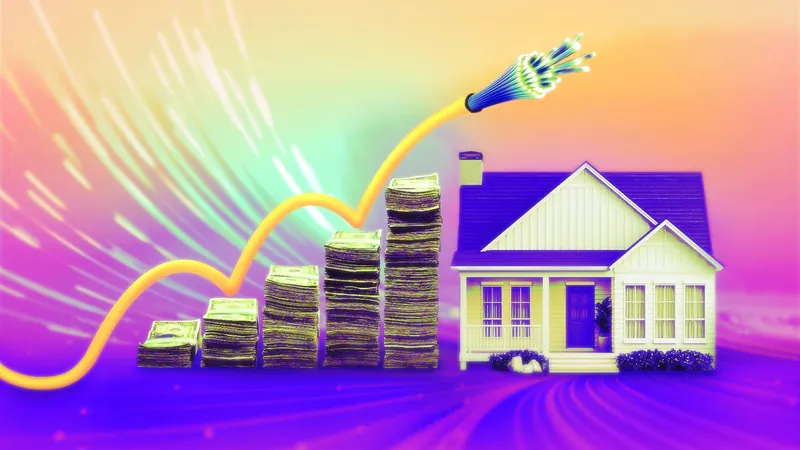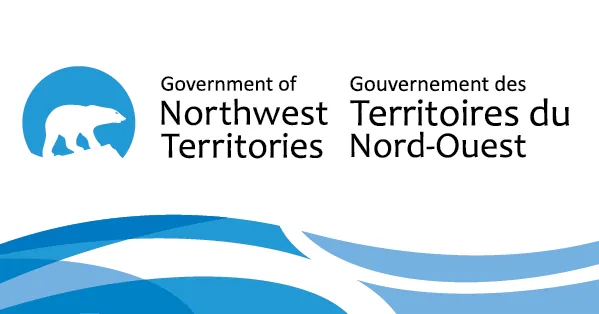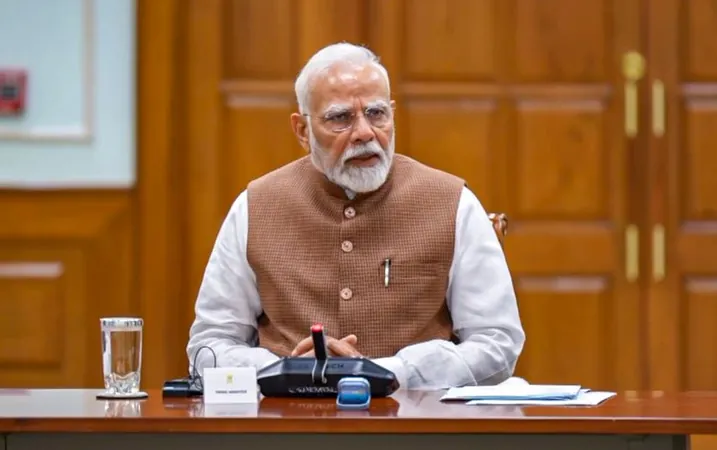
Unlocking Home Value: Why Fiber Internet is a Game Changer for Homeowners
2025-04-20
Author: William
The Digital Age: More Than Just Connectivity
In today's rapidly advancing digital landscape, high-speed internet is no longer a luxury—it's a necessity. Yet, a staggering broadband divide exists, leaving many communities without access to affordable and reliable internet options. This digital disparity not only limits connectivity but also hampers home values, negatively impacting long-term wealth-building.
The Consequences of the Broadband Gap
The lack of access to fast internet, particularly fiber, creates significant economic drawbacks. Areas that are underserved by broadband often struggle with limited opportunities for online education, remote employment, telehealth services, and e-commerce. Nicol Turner Lee, an expert from the Brookings Institution, highlights that being 'digitally invisible' has severe economic and social implications, reinforcing cycles of disadvantage and further isolating affected communities.
Why Fiber is A Cut Above the Rest
Fiber-optic technology stands out as the gold standard for internet connectivity. It offers unmatched speed and reliability, making it ideal for data-heavy activities. Homes equipped with fiber connections see an increase in property values, further widening the gap between affluent neighborhoods and those left behind.
The Financial Benefits of Fiber Internet
According to research from the Fiber Broadband Association, homes with fiber can experience an average value increase of 14%. This boost can translate to a $40,000 increase in home value over a decade, assuming standard appreciation rates. For homeowners, this means that investing in a fiber-equipped property can significantly accelerate wealth accumulation.
The Fiber Divide: Who Gets Left Out?
Despite the clear advantages of fiber, access remains uneven across the country. Only 46% of US households can access fiber broadband, with rural and low-income communities disproportionately affected. The costs associated with installing fiber are prohibitive, and without robust competition in these areas, many residents end up paying more for inferior service. As Dan Gillan from Dobson Fiber states, low competition in rural areas allows providers to charge higher prices without concern for attracting customers.
The Need for Change
This inequity in internet access not only hampers economic growth but also exacerbates existing social inequalities. Homes in affluent urban areas enjoy better connectivity and higher property values, while those in lower-income regions lag behind. Lee emphasizes the importance of closing the broadband gap to ensure equitable opportunities for all.
Empowering Communities Through Broadband
To bridge the digital divide, systemic change is needed. Citizens can advocate for policies that promote broadband expansion in underserved areas and seek local representatives committed to reducing internet costs. Additionally, community initiatives aimed at teaching digital skills can amplify internet adoption and translate access into real opportunities.
Advice for Prospective Homebuyers
As a potential homebuyer, internet connectivity should be a priority. Here are some tips to consider:
1. **Research Available ISPs**: Ensure that fiber or your desired connection type is offered in your target location. Reach out to local providers for specific availability.
2. **Inspect Network Infrastructure**: Check for existing Ethernet ports and Wi-Fi coverage. A robust network setup can save you time and money on upgrades.
3. **Think Long-Term**: Consider how your internet needs may change over time. Homes with fiber are likely to retain higher value compared to those without.
Conclusion: The Path Forward
Fiber internet isn't just an upgrade; it's a crucial investment in your financial future and quality of life. By understanding its value and advocating for wider access, we can help ensure that everyone has the opportunity to thrive in the digital age.









 Brasil (PT)
Brasil (PT)
 Canada (EN)
Canada (EN)
 Chile (ES)
Chile (ES)
 Česko (CS)
Česko (CS)
 대한민국 (KO)
대한민국 (KO)
 España (ES)
España (ES)
 France (FR)
France (FR)
 Hong Kong (EN)
Hong Kong (EN)
 Italia (IT)
Italia (IT)
 日本 (JA)
日本 (JA)
 Magyarország (HU)
Magyarország (HU)
 Norge (NO)
Norge (NO)
 Polska (PL)
Polska (PL)
 Schweiz (DE)
Schweiz (DE)
 Singapore (EN)
Singapore (EN)
 Sverige (SV)
Sverige (SV)
 Suomi (FI)
Suomi (FI)
 Türkiye (TR)
Türkiye (TR)
 الإمارات العربية المتحدة (AR)
الإمارات العربية المتحدة (AR)